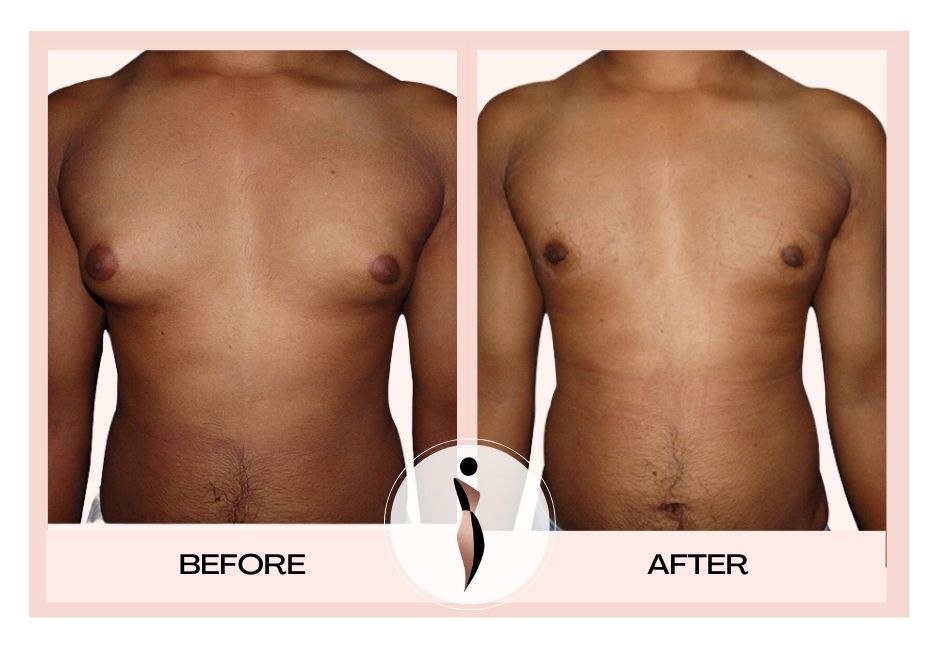The recovery process after Otoplasty, or ear surgery, can vary from person to person, but here is a general overview of what you can expect:
Immediate Post-Surgery Period (First Few Days):
1. Bandages and Dressings: After the surgery, your ears will be covered with bandages or a dressing. These are worn to protect the surgical area and help maintain the new ear shape.
2. Pain and Discomfort: You may experience some pain, discomfort, and swelling in the initial days following the surgery. Your surgeon will prescribe pain medications to manage this discomfort.
3. Headband or Bandage: In many cases, you’ll be required to wear a headband or a supportive bandage that goes over your ears. This helps hold the ears in their new position and should be worn as directed by your surgeon.
4. Rest and Elevation: It’s essential to get plenty of rest during the early recovery phase. Keeping your head elevated when sleeping or resting can help reduce swelling.
First Week After Surgery:
1. Swelling and Bruising: Swelling and bruising are common after otoplasty and can peak during the first few days. They will gradually subside over the following weeks.
2. Stitches Removal: If non-absorbable sutures were used, you may need to have them removed during a follow-up appointment with your surgeon, typically within a week or two after surgery.
3. Showering: Your surgeon will provide guidelines on when it’s safe to shower and how to do so without disturbing the surgical site.
First Few Weeks After Surgery:
1. Physical Activity: Strenuous activities, heavy lifting, and contact sports should be avoided for several weeks to minimize the risk of injury to the healing ears. Your surgeon will provide specific instructions regarding when you can resume normal activities.
2. Follow-Up Appointments: You’ll have follow-up appointments with your surgeon to monitor your progress and ensure that your ears are healing properly.
Long-Term Recovery:
1. Final Results: The final results of otoplasty may take several weeks to months to become apparent. Swelling will gradually subside, and the ears will settle into their new position.
2. Scarring: The incisions made during otoplasty are typically well-hidden behind the ears or within the natural creases. Scarring is usually minimal and fades with time.
3. Sun Protection: Protecting your ears from sun exposure is important during the healing process to minimize the risk of hyperpigmentation (darkening of the scars). You can use sunscreen or wear a wide-brimmed hat.
It’s essential to follow your surgeon’s post-operative instructions carefully to optimize the healing process and achieve the best possible results. If you have any concerns or experience unusual symptoms during your recovery, be sure to contact your surgeon promptly. Every individual heals at their own pace, so the exact timeline for recovery may vary, but most people can return to their regular daily activities within a few weeks following otoplasty.
A skilled surgeon can provide guidance and develop a surgical plan tailored to the patient’s unique needs and desires. Consult Dr. Amiti Shah one of the best Plastic Surgeon in Mumbai at Shah Superspeciality Clinic.


